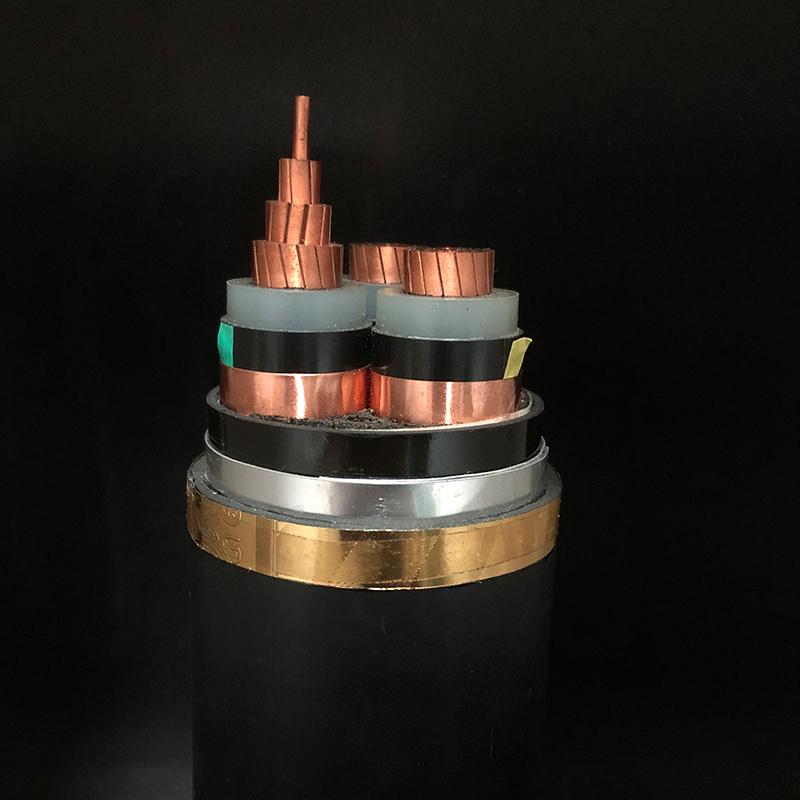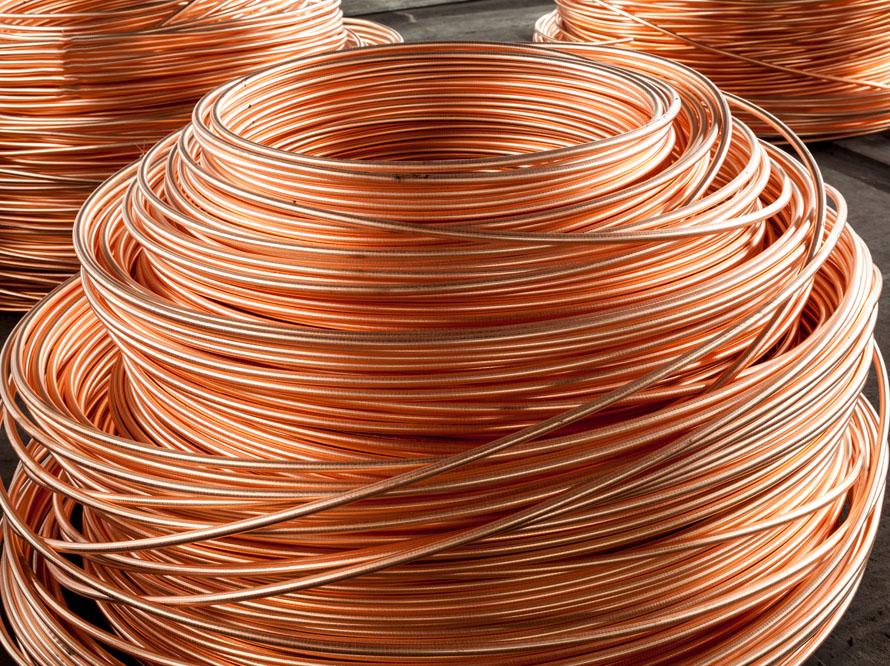
Copper core cables play an important role in fields such as power transmission and communication. However, in actual use, the cables may have faults that affect their normal operation.
A short circuit is a low-impedance connection that occurs between two or more conductors of a cable, resulting in an unrestricted flow of current.
A short circuit can cause the cable to heat, damage equipment, or even start a fire.
A wire break is an interruption in the conductors of a cable that prevents current from traveling properly.
Wire breaks can be caused by aging, abrasion, and excessive force on the cable.
Insulation aging refers to the deterioration of cable insulation materials over a long period of time due to heat, oxidation, arcing, and other factors.
Insulation aging may lead to reduced voltage resistance, short circuits, leakage, and other problems with the cable.
Joint failures are failures at the cable joints that may lead to poor contact, short circuits, disconnections, and other problems.
Joint failures are usually caused by poor-quality joints, aging of joint materials, and improper maintenance of joints.
When a cable is found to be short-circuited, the power supply should be cut off immediately, the cause of the short-circuit should be checked, and the fault point should be repaired or replaced.
After repair, an insulation test should be conducted on the cable to ensure its normal operation.
When the cable is found to be disconnected, the power should be cut off, the cause of the disconnection should be checked, and the point of failure should be repaired or replaced.
After repair, an insulation test and voltage resistance test should be carried out on the cable to ensure its normal operation.
For cables with aging insulation, regular inspection and maintenance should be carried out.
If insulation aging is serious, the cable should be replaced in time. In daily use, attention should be paid to reducing the working temperature of the cable to extend its service life.
When a joint fault is found, the power supply should be cut off, the cause of the joint should be checked, and the fault point should be repaired or replaced.
After repair, an insulation test and voltage resistance test need to be carried out on the joint to ensure its normal operation.
At the same time, joints should be inspected and maintained regularly to ensure the quality of joints.
According to the actual application scenario, choose the appropriate cable type, specification, and quality.
Overload, short circuits, and other faults are largely caused by improper cable selection.
During cable installation, attention should be paid to the quality of joints, the treatment of insulation, the fixing of cables, and other issues to ensure the quality of cable installation.
Regular testing and maintenance of cables should be carried out, and faults should be found and dealt with in time.
At the same time, cable joints should be inspected and maintained regularly to ensure the quality of joints.
In the process of daily use, attention should be paid to reducing the working temperature of the cable to avoid mechanical damage, corrosion, and other effects on the cable.
Copper core cables play an important role in fields such as power transmission and communication.

Aluminum wire cables have a resistivity approximately 1.68 times higher than copper wire cables.
The ductility of copper alloy is 20~40%, the ductility of copper for electricians is more than 30%, while aluminum alloy is only 18%.
The allowable stress at room temperature is 7~28% higher for copper than aluminum. Especially at high temperatures, the difference between the two stresses is very far.
Aluminum is easy to break after repeated bending, while copper is not. In terms of elasticity index, copper is also about 1.7~1.8 times higher than aluminum.
Because of the low resistivity, the same cross-section of copper wire cable as aluminum wire cable allows the maximum current through the current-carrying capacity, high 30% -50% or so, especially more and more household appliances, and home furnishings with basic copper wire.
Due to the low resistivity of copper wire cable, copper wire cable voltage drop is small in the same cross-section flowing through the same current.
Therefore, a higher voltage quality can be guaranteed for the same transmission distance.
Or, under the condition of permissible voltage drop, copper wire cable transmission can reach a longer distance.
In other words, the power supply covers a large area, which is conducive to the planning of the network and reduces the number of power supply points to be set up.
Under the same current, the heat generation of copper wire cable with the same cross-section is much smaller than that of aluminum wire cable, which makes the operation safer.
Copper cables have stable connectors that do not cause accidents due to oxidation.
Aluminum cables have unstable connectors, and accidents often occur due to oxidation, which increases the contact resistance and generates heat.
Therefore, the accident rate is much larger than that of copper cables.
Especially in some copper wire and aluminum wire butt joint places, a little bit is not connected well as long as the problem.
Therefore, copper and aluminum wire butts must be strictly required to connect well.
Copper wire flexibility is good, and the allowable bending radius is small, so it is convenient to turn an easy-to-wear pipe.
Copper wire fatigue resistance and repeated bending are not easy to break, so the wiring is convenient.
The copper wire of high mechanical strength can withstand greater mechanical tension, to the construction of the laying of a great convenience, but also for the mechanization of the construction has created conditions.
Understanding the common types of cable faults and treatment methods, as well as some suggestions for preventing faults, helps us to better manage and maintain copper core cables to ensure the normal operation and safe use of cables.
We hope that this article can provide you with useful references in the process of troubleshooting and handling copper core cables.